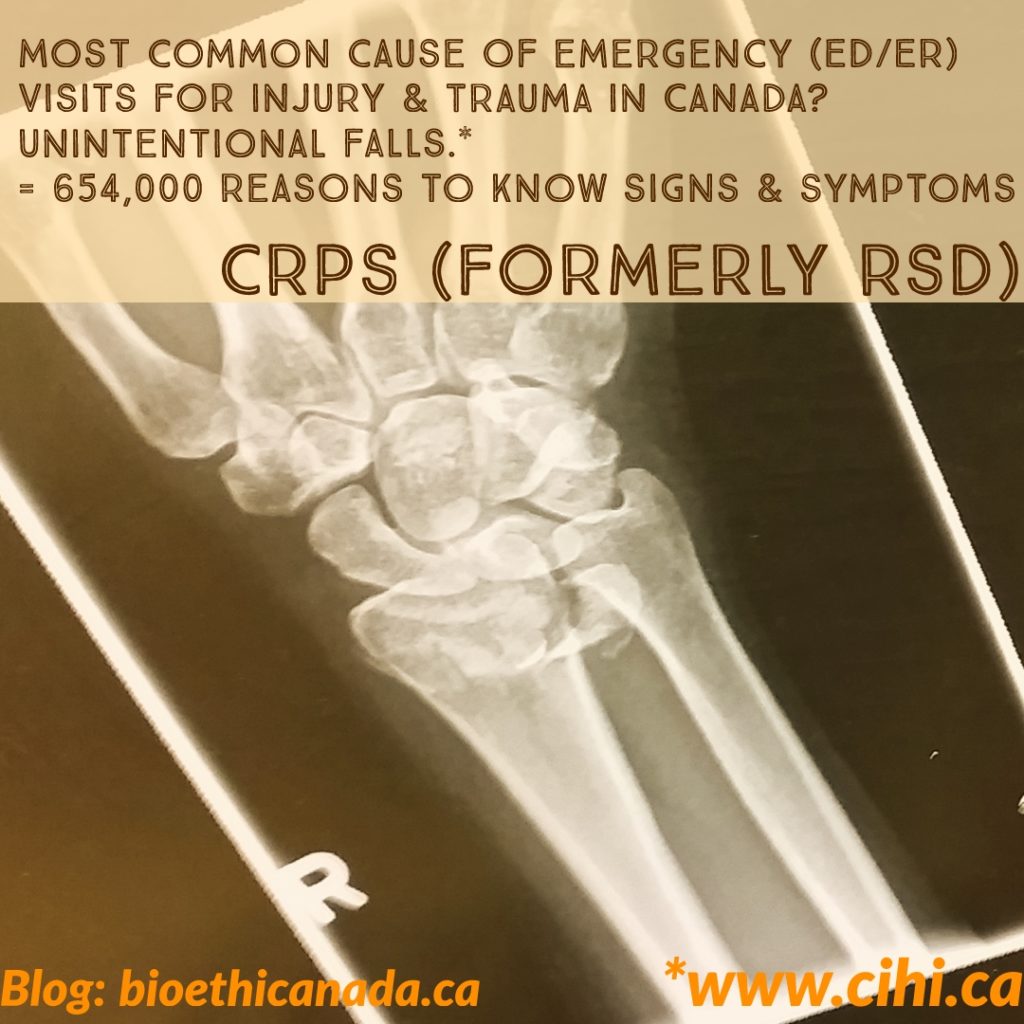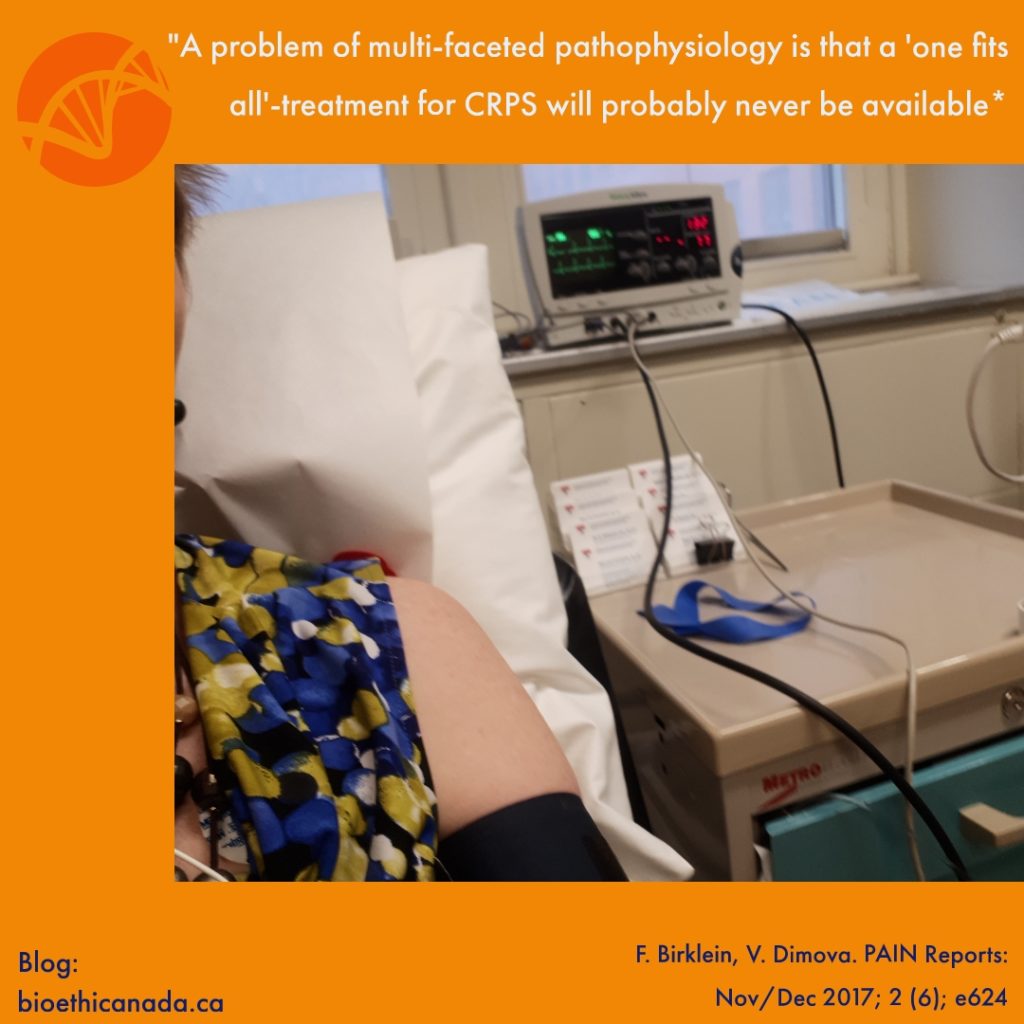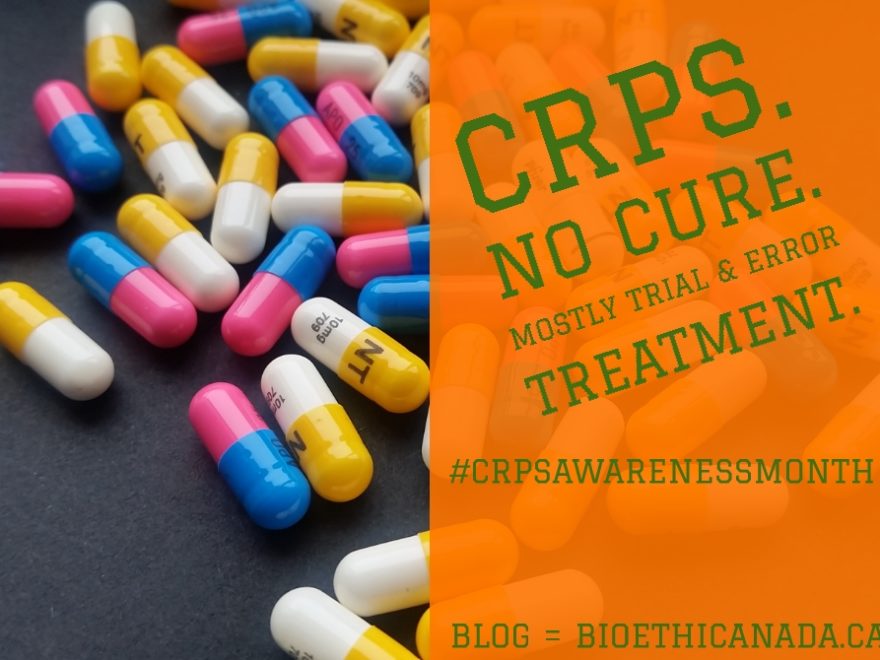Today’s the 6th annual Color the World Orange Day, to raise awareness for a rare and usually invisible disease. This disease is called Complex Regional Pain Syndrome (CRPS). This year, due to the efforts of a number of volunteers around the globe,
More than 120 buildings, bridges and landmarks around the world have agreed to turn orange for Color The World Orange™ including Billboards in Times Square in New York, Niagara Falls, the Wrigley Building in Chicago, the CN Tower in Toronto and the Emirates Spinnaker Tower in Portsmouth, England.”(*)
Yes, even the CN Tower – right here in Canada! I had been hoping to work this year towards asking Montreal City Hall to put up orange lights for CRPS Awareness Day this year, but I simply haven’t been up to it.
CRPS, still sometimes referred to as Reflex Sympathetic Dystrophy (RSD) causes a number of symptoms, which can vary from one patient to the next. Apparently the symptoms can also change, because late last year I began experiencing some new ones.
The original symptoms didn’t go away, I just acquired new ones on top of them. Mild cognitive impairment, or MCI. This has, for me, been the worst of the symptoms to-date. Not because it’s painful, but because it has meant having to step away from my work; my dream job.
This disease, once it becomes entrenched, can slowly steal a person’s life away. I’ve been very lucky to have access to a world-class pain management unit, within a university hospital. And important beyond words, in my patient journey, have been my family and friends. I couldn’t do this without you, all of you!
What causes this disease? No one knows – not yet! It can be triggered by fractures, surgeries, car accidents. Some times it arises for no apparent reason. In my case, it was triggered by a simple broken arm; a Colles’ fracture. I didn’t need surgery, and the bone healed up well – apart from triggering this disease.

So on the first Monday of November each year I wear orange to raise awareness of this disease, which I’ve had since 2016. And because getting a diagnosis – and then treatment – was very difficult for me because “CRPS/RSD is not well recognized in Canada”(1).
Even though some doctors are now diagnosing it sooner, many patients aren’t seen soon enough during the six month window when there is an 80-90% success rate.
Others are diagnosed and do not receive the proper treatment.
Why?
In medical school, CRPS is not taught.
By better educating the medical community on this rare disease, we hope that every newly diagnosed patient will be able to have successful treatment.”(1)
This lack of awareness is really surprising, given that CRPS “is widely considered to be the single worst source of pain – ranking higher on pain scales than childbirth, cancer and amputation. Yet the condition is rare and can be difficult to recognize. As a result, patients with CRPS… according to the National Institutes of Health – can search for an average of approximately four years before being properly diagnosed with the condition”.(2)
CRPS is something of a two-for-one condition. It’s considered to be both an autoimmune disease and a neuro-inflammatory condition. It has also been called “the most painful chronic pain condition that is known“, scoring 42 – of a possible 50 – on the validated McGill Pain Index.(4)
But treatments remain elusive, for a few reasons. First off, it’s a rare condition so there’s a limited patient population for clinical trials. Next, each patient with CRPS may present differently; any two patients may have different sets of symptoms, from the long list of those caused by CRPS. Different patients may also experience symptoms differently, for example with different pain levels from each.
Finally, not much is known about CRPS – or about potential therapeutic targets. “Due to a lack of information on the pathophysiology of CRPS and the similar absence of consistent objective diagnostic criteria, clinical trials that demonstrate effective therapies are difficult to perform”.(5)

Keep an eye out, over on Instagram and Twitter, for more of these awareness images that I’ve put together for CRPS Awareness Day…
Thanks so much for reading! If you haven’t gotten dressed yet, consider wearing orange! And then you can explain why, if anyone asks why you’re wearing that particular colour ‘-)
References:
- (*) https://www.colortheworldorange.com/news#press-releases
- (1) https://www.rsdcanada.org/parc/english/parc/aboutus.html
- (2) https://www.news-medical.net/news/20160325/CRPS-rank-higher-on-pain-scales-than-childbirth-cancer-amputation.aspx
- (3) https://www.ncbi.nlm.nih.gov/pmc/articles/PMC3661922/
- (4) http://www.burningnightscrps.org/sufferers/pain-scale/
- (5) https://emedicine.medscape.com/article/1145318-treatment#d5

